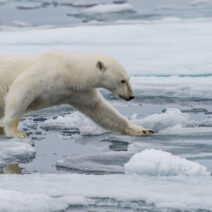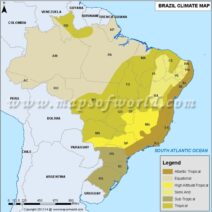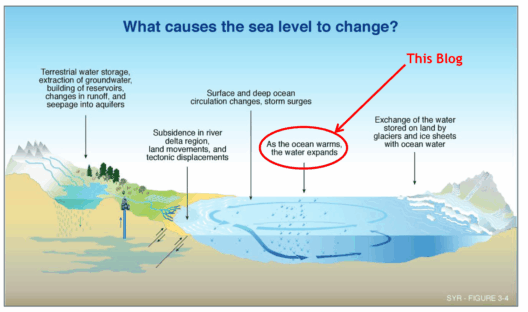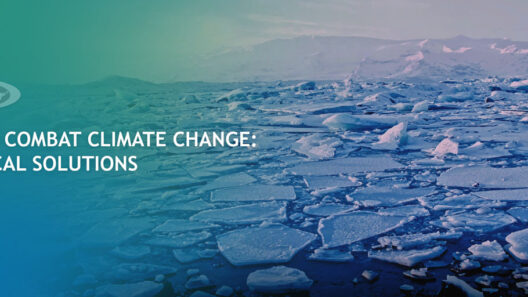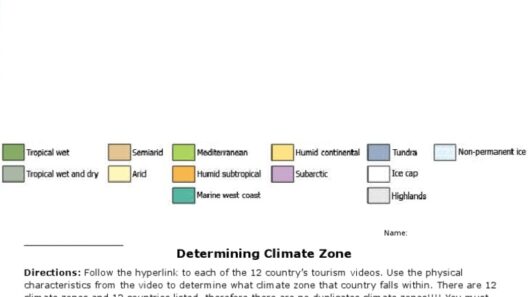The climate of Florida, often touted as a sun-soaked paradise, is indeed characterized by subtropical elements. Its distinctive weather patterns, influenced by geographical features, ocean currents, and seasonal changes, contribute to a unique environmental tapestry. Understanding Florida’s climate is imperative not only for its residents but also for potential buyers and investors considering the state as a living or vacationing destination.
Florida’s climate can be described as a humid subtropical climate, albeit with some tropical characteristics in the southern regions. A combination of warm temperatures, high humidity, and abundant rainfall establishes a distinctive atmosphere that sets the stage for lush landscapes and a vibrant ecosystem.
As the only state in the continental U.S. that enjoys a tropical climate, Florida offers a myriad of climatic nuances that affect flora, fauna, and human activities. This article unpacks the hidden subtropical secrets of Florida, exploring its climate classifications, seasonal variations, and the impact of climate change on this vibrant state.
Understanding Florida’s Climate Classifications
Florida’s climate is often classified into three distinct categories: humid subtropical, tropical savanna, and tropical monsoon. The division is primarily influenced by latitude, elevation, and proximity to the Gulf of Mexico and the Atlantic Ocean.
In the northern parts of the state, the humid subtropical climate prevails, characterized by hot summers and mild winters. Days are typically warm, with temperatures often reaching the high 90s °F during the peak of summer. Winter months, meanwhile, are cooler but rarely dip below 40 °F. This moderate climate produces a rich variety of vegetation, including deciduous trees, forests, and grasslands, making it ideal for diverse wildlife.
As one travels southward, the climate shifts towards tropical characteristics. In regions like Miami and the Florida Keys, the tropical savanna climate dominates, marked by hot temperatures year-round and a distinct wet and dry season. The summer months witness sultry afternoons and frequent thunderstorms as the state welcomes the influx of moisture from the Gulf. This climatic feature renders southern Florida an ideal location for tropical plants like palm trees, hibiscus, and bougainvillea.
Moreover, areas closer to the Caribbean influence, such as the Florida Keys, experience a tropical monsoon climate, with elevated humidity and substantial precipitation. Here, rainfall can be torrential, particularly in the summer months. This richness of rainfall helps sustain unique ecosystems, such as coral reefs and mangrove forests, that are essential to the state’s biodiversity.
The Impact of Seasonal Changes
Florida’s seasons are discernible but mild compared to those in other regions of the United States. The summer months, typically from June to September, showcase Florida’s characteristic heat and humidity. These sweltering days are often illuminated by afternoon thunderstorms, which are crucial for replenishing water resources but can also lead to localized flooding.
The winter season stretches from December to February and is generally mild, drawing numerous “snowbirds” seeking refuge from the freezing temperatures elsewhere. Although this season is sunnier and cooler, occasional cold fronts can temporarily lower temperatures, sometimes to the point of frost in northern areas.
Spring and fall emerge as transitional periods, with spring offering blooming wildflowers and fall bringing vibrant foliage before winter settles in. These seasons feature moderate temperatures, making them arguably the most pleasant times of year to experience Florida’s natural beauty.
Climate Change: An Unfolding Reality
As a coastal state, Florida is grappling with the far-reaching impacts of climate change. Rising sea levels pose significant risks, particularly to its extensive coastline, where numerous communities and ecosystems are situated. Coastal flooding and erosion have already begun to disrupt habitats and human activities alike.
Additionally, extreme weather—exacerbated by climate change—has been increasingly prevalent, with hurricanes and severe storms becoming more frequent and intense. Properties in vulnerable areas face higher risks, and insurance premiums are rising due to these burgeoning threats. Investors and homeowners alike must navigate the complexities of real estate in light of this changing climate.
Moreover, Florida’s unique ecosystems, which include wetlands, coral reefs, and estuaries, face challenges as temperatures rise and salinity levels shift due to increased saltwater intrusion. These environmental changes can disrupt delicate balances and lead to loss of biodiversity. Preservation and restoration efforts are more crucial than ever to maintain the rich, ecological heritage of the state.
Incorporating Sustainable Practices for Resilience
In light of looming climatic challenges, many individuals and organizations are focusing on sustainable practices and resilience strategies. Initiatives such as reforestation, wetland restoration, and smart urban planning are gaining traction and are fundamental for making Florida more resilient to climate shocks.
Moreover, promoting local agriculture and alternative energy sources can mitigate environmental impacts, help conserve water resources, and contribute to a more sustainable economy. Engagement in community-based conservation efforts empowers residents and ensures that the lush subtropical landscape can be enjoyed by future generations.
Ending Notes on Florida’s Subtropical Secrets
Florida’s climate encapsulates a beautiful yet complex interplay of environmental factors that shape its diverse landscapes and ecosystems. Understanding its classifications, seasonal variations, and the looming threats of climate change equips residents and prospective buyers with the knowledge needed to navigate the complexities of living or investing in the Sunshine State. As environmental consciousness grows, embracing sustainable practices will be vital in preserving Florida’s subtropical treasures while prioritizing resilience for the future.
